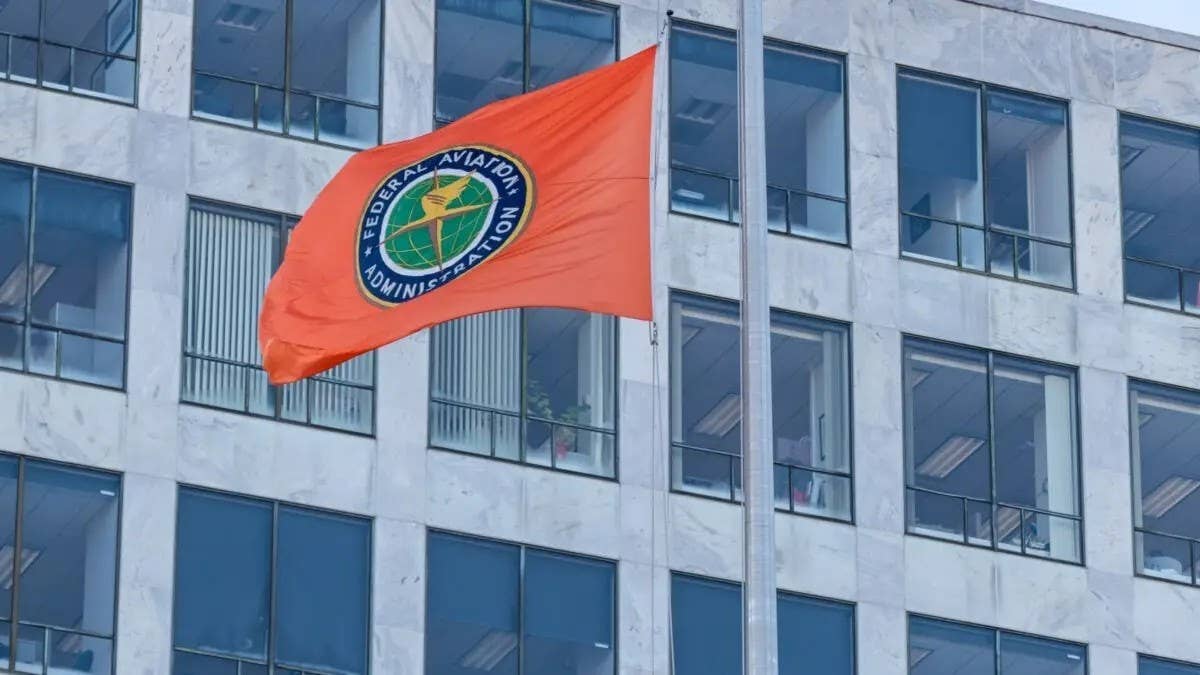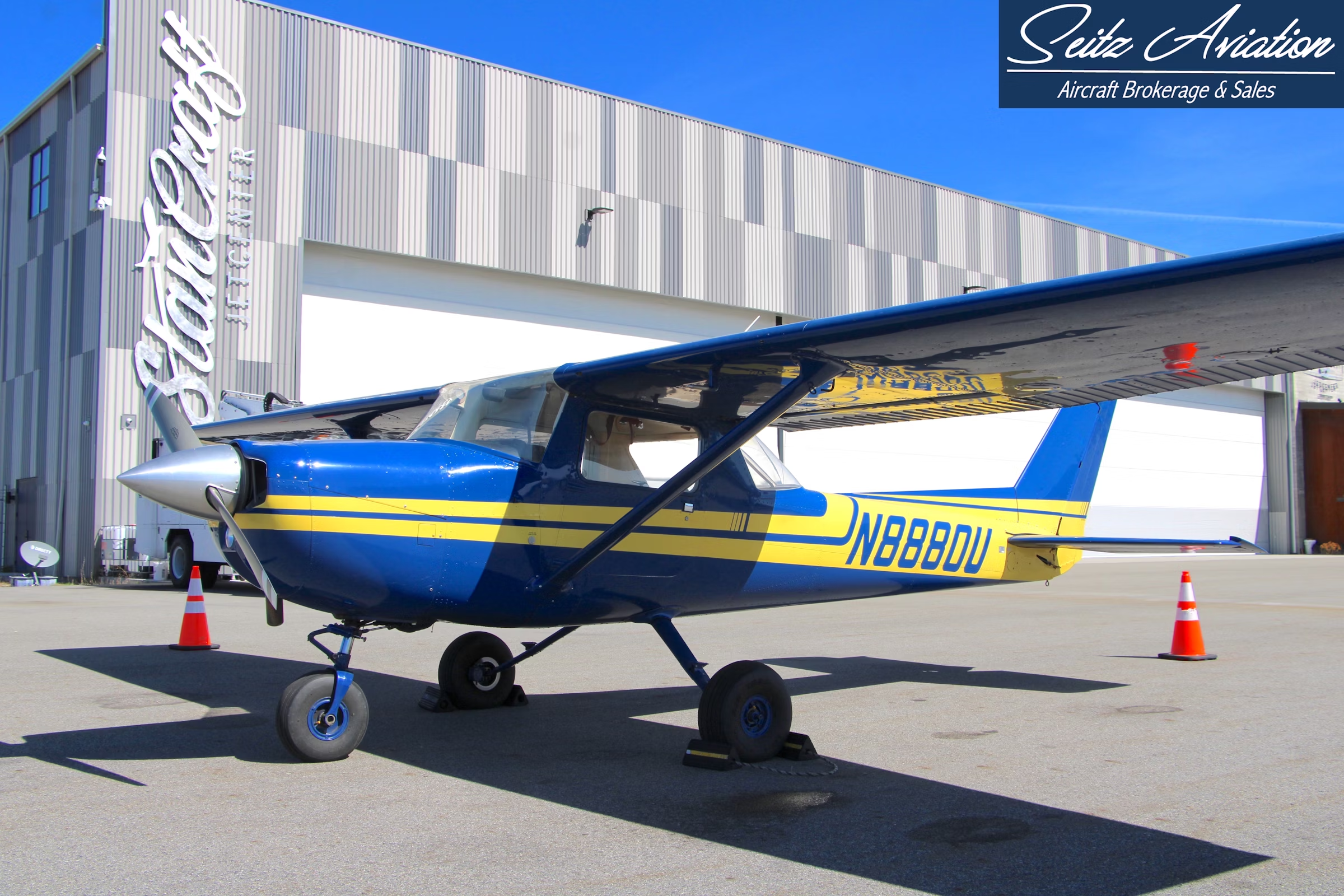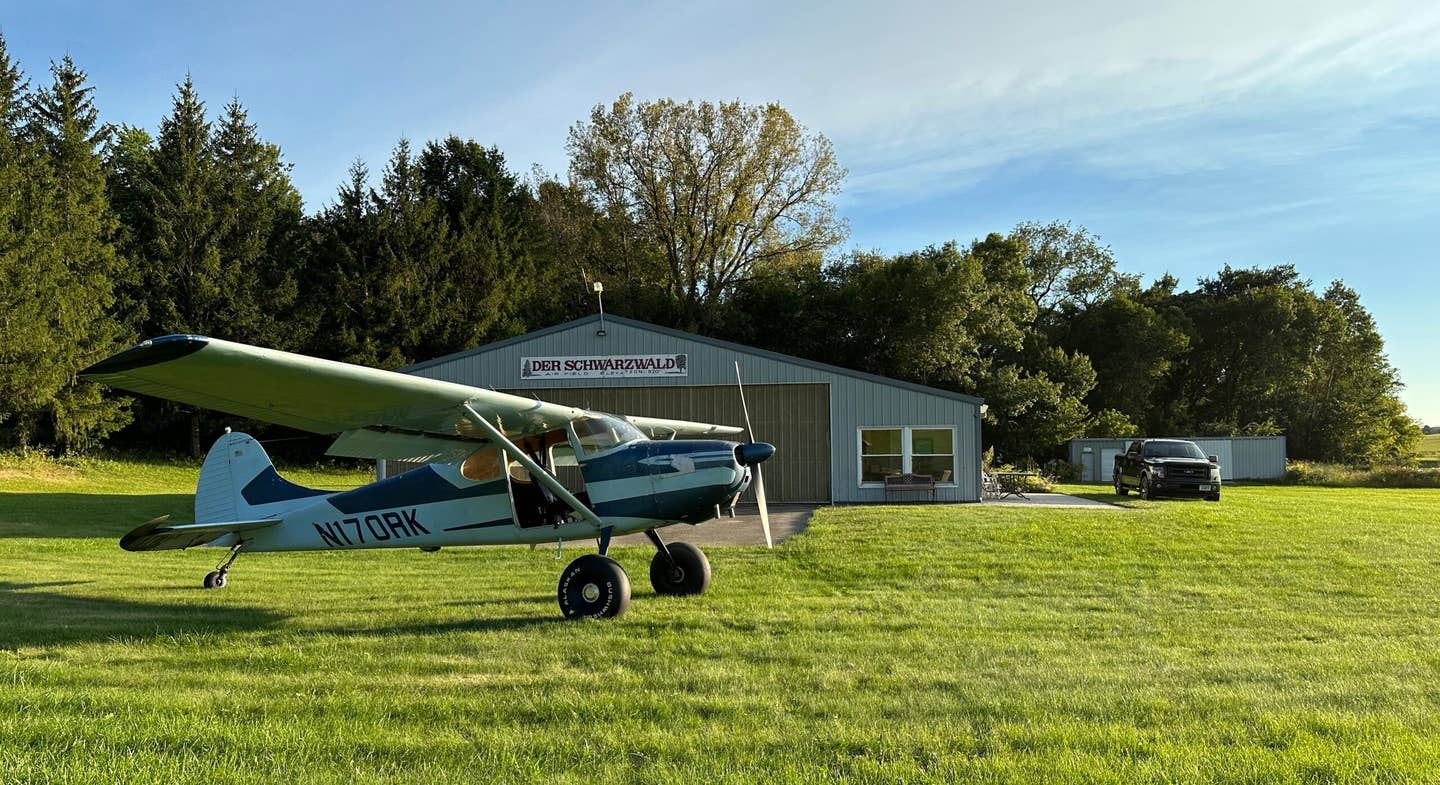FAA Boosts Support for Controllers at Reagan National Airport
Regulator plans to review staffing levels and arrival rates and will offer confidential support for stress.

The FAA will examine Reagan Airport’s control tower staffing levels and arrival rate and provide wellness checks for controllers. [Courtesy: Shutterstock]
The FAA is offering new support and oversight for air traffic controllers at Ronald Reagan Washington National Airport (KDCA), the latest push to improve safety in the wake of the deadliest commercial aviation accident in decades in the U.S.
The regulator on Wednesday said it plans to examine staffing levels in the airport’s control tower, which like many across the country is understaffed. It plans to increase the number of operational supervisors from six to eight and review certified professional controller (CPC) numbers. As of early February, there were 25 CPCs staffing the tower at KDCA, about 89 percent of the agency’s target of 28.
The agency last month made an effort to “supercharge” hiring, qualifying and referring thousands of candidates for Air Traffic Skills Assessment (ATSA) through new incentives.
The FAA will also review the airport’s arrival rate per hour, which it said is “disproportionately concentrated within the last 30 minutes of each hour.” Following the January collision between a U.S. Army Black Hawk helicopter and Bombardier CRJ-700—which killed 67 people—the arrival rate was reduced to 26 aircraft per hour, acting administrator Chris Rocheleau said during a Senate hearing last week. The airport is now back to 30 arrivals per hour, he said.
For individual controllers, the FAA will conduct routine wellness checks and send a Critical Incident Stress Management (CISM) team to visit KDCA early this month. Per the National Air Traffic Controllers Association, CISM “provides confidential, non-judgmental, peer-to-peer support in the wake of stressful events to promote recovery following a difficult experience.”
The FAA last week said it is investigating a fight between two controllers in the airport’s control tower following a heated argument.
“People are cracking because of what happened in January,” an unnamed source told the Daily Mail.
The measures announced Wednesday follow sweeping safety changes at Reagan Airport, including the barring of all nonessential helicopter operations earlier this month. The FAA also permanently closed the section of the helicopter route where the collision occurred and will require any aircraft traveling through KDCA Class B airspace to turn on Automatic Dependent Surveillance-Broadcast (ADS-B) Out transponders.
The FAA made the changes after the National Transportation Safety Board released its preliminary report on the accident and urged “immediate action.” Investigators uncovered a history of limited separation between aircraft and helicopters at KDCA, including 85 close calls over a three-year period where aircraft crossed paths with less than 200 feet of vertical separation.
In early March, the regulator launched a trial of SpaceX Starlink satellite terminals at a handful of airports in a bid to improve air traffic communications. It is also deploying artificial intelligence to identify “hot spots” where fixed-wing and helicopter mixed traffic may be creating close calls. Rocheleau said last week that it would be “premature” to implement safety measures at other airports until more analysis is conducted.
The Department of Transportation (DOT), meanwhile, is soon expected to announce a plan for what secretary Sean Duffy described as a “state-of-the-art, brand-new, best technology, envy-of-the-world air traffic control system” last week.
At the same time, federal employees tasked with keeping the aviation system safe are facing a period of uncertainty. In February, hundreds of probationary FAA employees were laid off due to White House directives—a move that was condemned by groups such as NATCA and Professional Aviation Safety Specialists, which represented more than 100 of those workers.
On Tuesday, the DOT sent thousands of employees—with the exception of “safety critical” positions such as air traffic controllers—a fresh buyout offer similar to the “fork in the road” mass email sent to federal workers in January. Employees have until Monday to decide whether to leave government service in exchange for full pay and benefits through the end of September.

Sign-up for newsletters & special offers!
Get the latest FLYING stories & special offers delivered directly to your inbox






